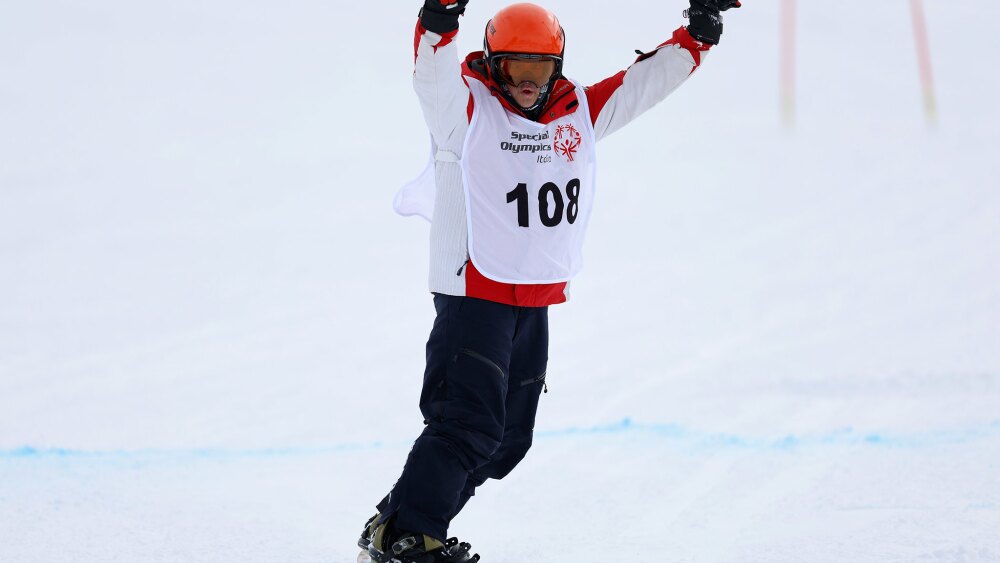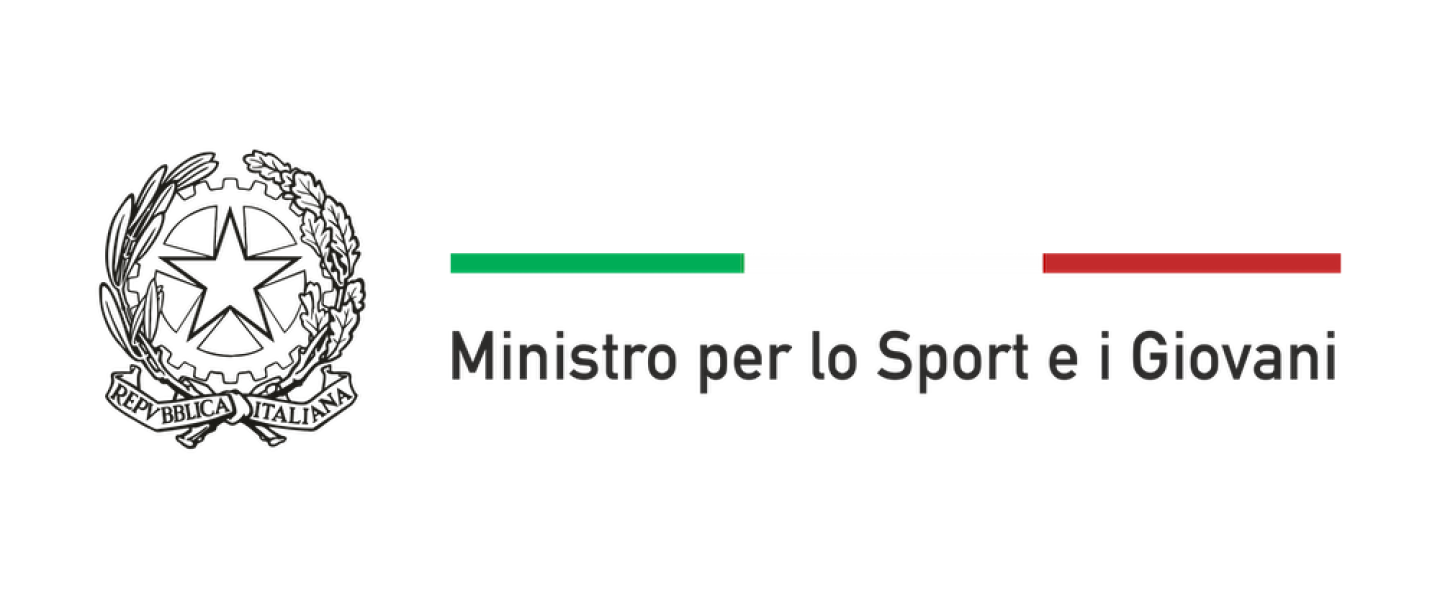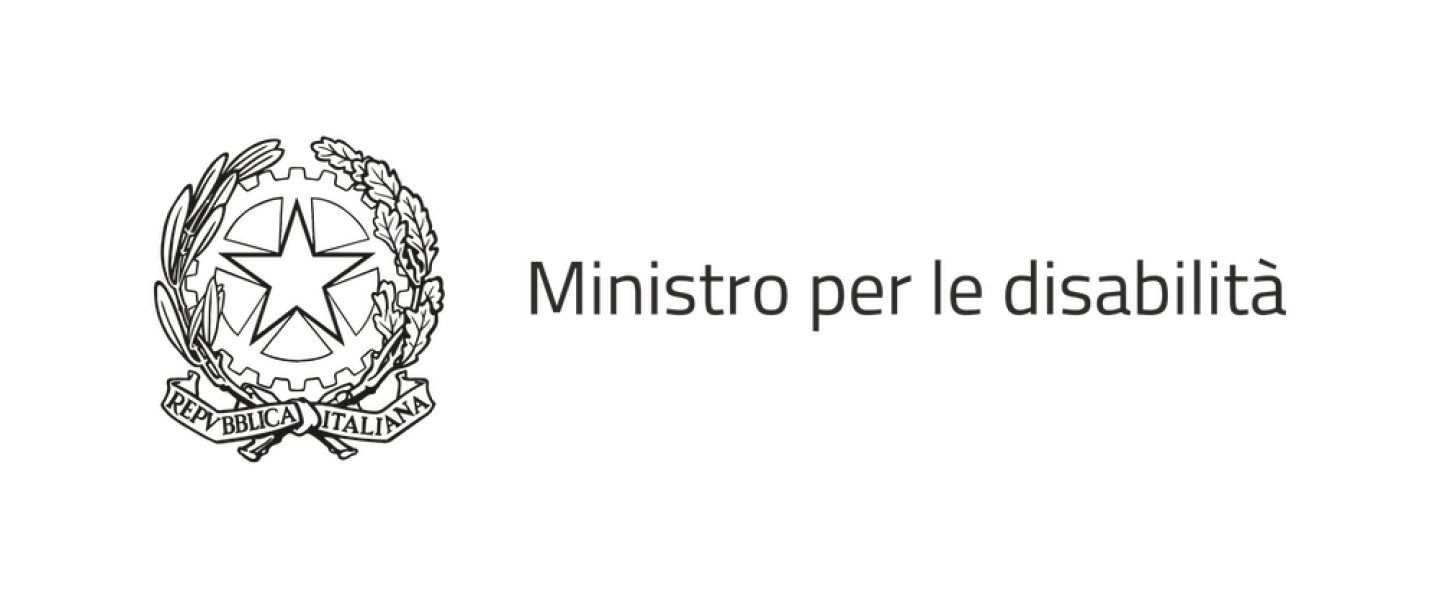Special Olympics Snowboarding includes events adapted to athletes’ varying skill levels::
- Slalom: A race on a course with closely spaced gates that athletes navigate with quick turns.
- Giant Slalom: A longer course with more widely spaced gates than regular slalom, requiring speed and precision.
- Super-G: Combines elements of giant slalom and downhill, with a longer course and wide turns.
- Parallel Giant Slalom - Competitors race side-by-side down two identical courses at the same time
Divisioning
One of the fundamental aspects of Special Olympics is “divisioning,” a process that groups athletes based on gender, age, and ability. This system ensures balanced and fair competitions, allowing each athlete to compete against opponents with similar abilities.
Training and Preparation
Special Olympics athletes participate in structured training programs, supervised by qualified coaches. These programs focus on developing technical skills, physical endurance, and understanding the rules of the sport. The training is tailored to meet the individual needs of the athletes to maximize their potential.
Support and Integration
Special Olympics events are supported by a network of volunteers, coaches, family members, and friends. This support creates a positive and inclusive environment where participants can grow athletes and as individuals.
Values and Goals
Special Olympics is not limited to competition. It promotes fundamental values such as:
- Inclusion: Every athlete, regardless of ability level, has the opportunity to participate and compete.
- Respect: Athletes are encouraged to respect themselves, their teammates, opponents, and the rules of the sport.
- Determination: Athletes learn to overcome challenges and continually improve.
- Joy: The sports experience is also a celebration of fun and personal satisfaction.













